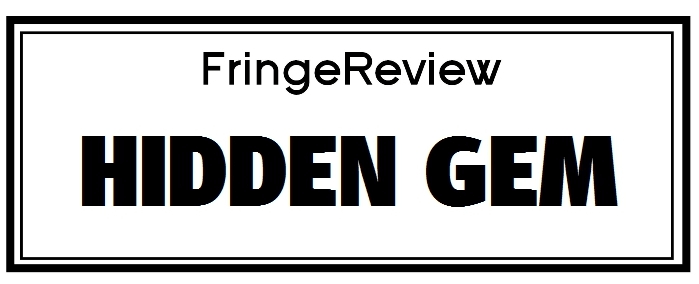FringeReview UK 2018
Cruft Robertson Pleeth String Trio
Benedict Cruft George Robertson Anthony Pleeth

Genre: Live Music, Music
Venue: Chapel Royal, North Road, Brighton
Festival: FringeReview UK
Low Down
Benedict Cruft violin, George Robertson viola, Anthony Pleeth cello play works by Purcell, three Fantasias; Mozart’s preludes to Bach movements; and Hyacinth Jadin’s String Trio in F.
Review
The string trio of Benedict Cruft (violin) George Robertson (viola) Anthony Pleeth (cellist) are the sovereign mark of string musicianship on the south coast. Their pedigree’s as it were platinum-plated. But what’s the quality of their playing?
Cruft’s a commanding soloist, like his colleagues – Anthony Pleeth’s a period-cellist also famed for playing solo or in a cello duo: he brings that here, in period-aware performances of 17th and 18th century music. Cruft has a distinctive top-line both warm and resonant, piercing yet not the kind who pierces through his colleagues. Robertson’s viola is able to more than holds its own in a combination where the viola can seem a bit like a kind of sonic glue. They’re a superbly-balanced trio.
First were the three first Fantasias of Purcell written in erly 1680, when he wasn’t quite twenty-one. He took some direction from a family friend the Catholic but bullishly British John Locke. But Purcell’s dark expressiveness is like nothing else. William Lawes dead at the Battle of Chester might have sensed him. Or Orlando Gibbons. We forget these last emanations of a tradition stretching back to the In Nomines of Christopher Tye in the 154s were written when viols were out of joint and al the consorts were broken. There wasn’t a hope in hell of them getting played outside the family. The young Purcell was communing with, and rivalling the whole tradition.
The first has a second-subject ‘swung’ development the trio take more slowly than period groups, and Cruft’s quite aware of this. He wants to relish, doesn’t think it should e as it were trad. Restoration jazz. The second’s enormously affecting, a sudden pulling-up of emotion, and the third’s sudden conclusion: an experimental abrupt jerkiness. I could have listened all day to just these and I wasn’t alone. I loved the gently forensic musicianship here, the opening-out, the refusal to micro-tune like some period groups do, because the trio plays on modern instruments and there’s a subtly different spirit.
The Mozart preluded bits of Bach that came up, nominally Mozart’s K404 though really is especial. So there’s an adagio from an Organ Sonata, and a contrapunctus from the art of Fugue, filleted-in with Mozart in Bach mode, written as exercises perhaps. Baron Von Sweeten inveigled Mozart to study Bach ad write music in response to him in 1782, though it’s not clear where this little cluster came from.
Suffice to say you had to really concentrate to realize where in the glowing harmonies this trio made the Mozart ended and the Bach began. E forget Mozart was supremely able to write not just different genres but periods too, including Palestrina’s polyphony. Bach was at lease third nature to him.
Finally Hyacinth Jardin 1776-1800 who died young of TB. He’s known to some of us, and a couple of CDs of his Op 2 Trios as here and Op 5 Sonatas attest to an astonishing ly precocious talent. And one that like Mozart freely borrowed. From Mozart in fact. This string Trio No. 2 in F starts up exactly like the Mozart ‘Hunt’ Quartet K458, though not in brilliant B flat, but pastoral F. It’s the same tune but sawn off at the end. Thereafter Jadin’s his own adolescent or young man. There’s a perky enough Minuet but it’s the Adagio, haunted, tenebrous, expressive that shows us what we were robbed of. a strong Finale rounds everything, memorable but with Jadin’s own stamp firmly in place. He’s paid his debt with more than interest.
What a superb trio and what unexpected, refreshing repertoire too. With such consummate musicianship, they should be on record.


















































